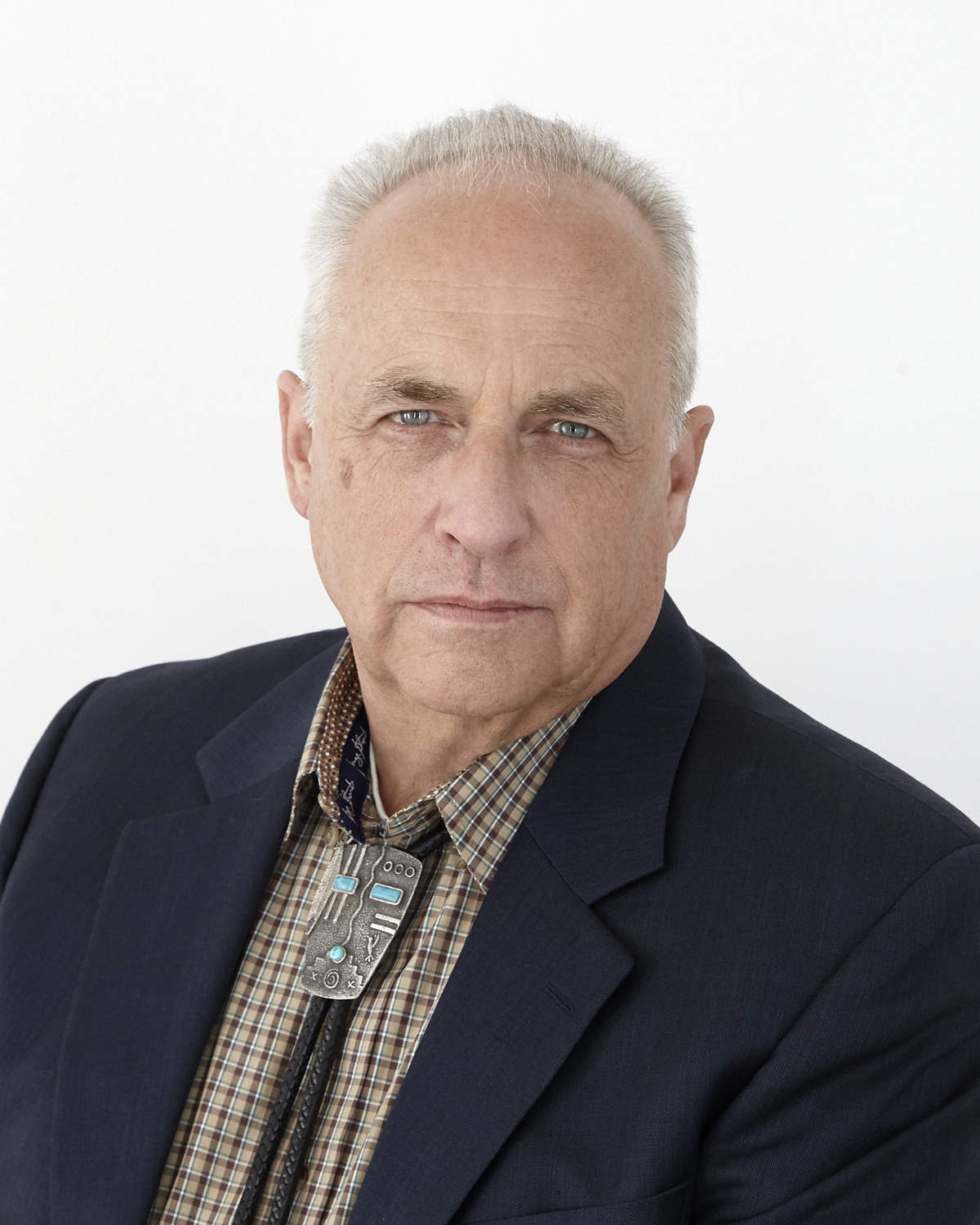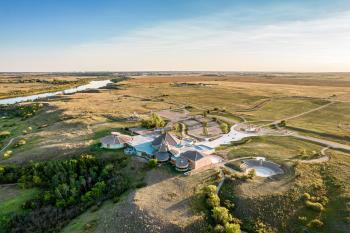Image Caption
Summary
Local Journalism Initiative Reporter
Windspeaker.com

More than 40 years ago a young archeologist by the name of Dr. Ernie Walker sat with his Indigenous friends along with officials from the City of Saskatoon to discuss the possibility of acquiring an old rancher’s land to create an Indigenous heritage site.
Walker remembers when the agreement between all the parties became official and the area was declared Wanuskewin Heritage Park. It was 30 years ago on June 27.
That day, one of the Elders said, “They thought it was supposed to happen all along. ‘This can’t be stopped. It’s destiny’,” Walker, chief archaeologist at the park, told Windspeaker.com. “He was speaking spiritually (about the land).”
There have been many things that have occurred over the last 30 years that have proved the Elder’s statement was a prophecy, said Walker about the property of Wanuskewin Heritage Park, located outside of Saskatoon.
At the time an old “reclusive” cattle rancher was looking to sell the property and a young Walker became an advocate for keeping it.
“I think initially I was just trying to save this place that had all these archeological sites, and I didn’t want to see it destroyed by development, and fortunately the First Nations community agreed with me,” he explained.
At the time, they didn’t quite know the extent of what stories lay beneath the layers of soil. They were aware of a medicine wheel located on the property, said Walker.
“We knew about the medicine wheel for many years, but nothing else,” he said. “As a matter of fact, there are a large number of very big and important archeological sites out on the property.”
And the land has revealed more and more over the last 40 years.
“I have so many stories I forget some of them” Walker joked, but he shared some of his favourites.
There was the time in 1984 when the First Nations agreed to be part of the construction and conservation of the property, and the time in 1987 when Queen Elizabeth II designated Wanuskewin as a national historic site.
Another was in 1992 when the park was officially opened and named Wanuskewin by the Elders. It’s a Cree word meaning seeking peace of mind.
And lastly, there was the establishment of the Thundering Ahead national campaign that raised funds for an important upgrade to the facility, which included bringing bison back to the park.
The bison returning to the area unleashed a series of events that Walker said has reinforced the importance of saving the property from development.
For years the staff at the site have uncovered many artifacts, including broken pottery pieces, tools, utensils and bones. All of these tell stories about the Indigenous people who visited the area as a destination spot. Some of the items can be dated back to more than 6,000 years.
However, strangely, they had never uncovered any rock art. This missing piece had puzzled the group of on-site archeologists, and they often discussed the issue, hoping one day to make such a discovery.
Several years ago, the board decided to purchase a few bison to have on the property.
“We were just going to get a few bison to have in the park. As it turns out, our bison are very special,” Walker said. “They're genetic pedigree.”
It was discovered the animals were ancestors of two herds that would have historically roamed the prairie lands of Saskatchewan.
“Some of them came from Grasslands National Park. The other group was from the United States,” Walker said, adding they represent the last of these bison herds which were coming to extinction in the 1890s.
The new herd has increased its number with six calves born at the park. “So, we have animals that represent that last two big groups, and that’s unusual.”
But that’s not the only unusual thing about the bison.
Bison often give themselves baths in the dirt, much like a pig does with mud. They wallow or roll around in dirt and against rocks, which can create big ruts.
The newly-acquired herd had chosen an old buffalo jump location on the property in the Opimihaw Creek Valley to practice their bathing.
“They uncovered some boulders, and they were rock art boulders. The bison uncovered them,” Walker said.
“In 1982 I called (the area) Four Stones. I don’t remember why I called it Four Stones, but 40 years later those bison found four (stones).”
Walker said the boulders the bison unearthed were covered in art.
“The best example (of the rock art) is something called a rib stone,” Walker said. “It’s a stone that has grooves on it that look like ribs on a skeleton, and it has a little spirit figure carved right down the middle. A little horned spirit figure like a bison.”
Essentially, the bison uncovered historical rock art depicting bison. But, that wasn’t all.
“When we were excavating around the boulder to find how big it was, we came across a stone knife… that somebody prepared. And when I measured the width of the cutting edge of the knife it has the same grooves as the rock… The person who did it left their calling card. That never happens.”
These occurrences has left Walker to believe the journey for the property isn’t complete.
“I talk a lot of about the little miracles that happen at Wanuskewin, and there are a lot of them. Some people might say they are kind of coincidences, kinda weird, but I think these sort of things just, well… Wanuskewin keeps on giving. That’s the way I would put it.
“Wanuskewin wants to be a world heritage site. I know it does. I know the land wants to be that. And for our community, whether it’s Saskatoon or the province or even Canada, it needs to be a world heritage site because of how it all came to be. And what a tremendous success story.”
Currently the board is trying to achieve world heritage designation under the United Nations Educational, Scientific and Cultural Organization (UNESCO), which would allow global recognition of the history of the area and would provide protection of the land in future.
“It’s been a destination spot for 6,000 years, and to me that means it’s worthy of trying to preserve it,” said Walker. “It has to be protected forever.”
Local Journalism Initiative Reporters are supported by a financial contribution made by the Government of Canada.

